Blog-checking lines: The September 2010 Daring Cooks’ challenge was hosted by John of Eat4Fun. John chose to challenge The Daring Cooks to learn about food preservation, mainly in the form of canning and freezing. He challenged everyone to make a recipe and preserve it. John’s source for food preservation information was from The National Center for Home Food Preservation.
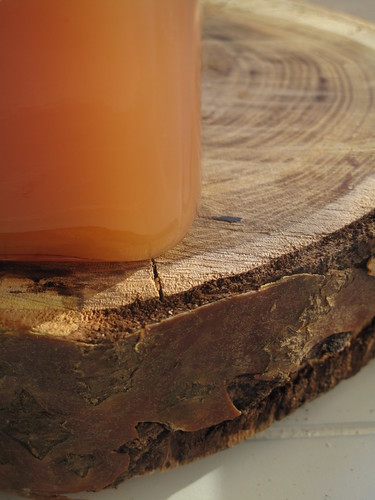
—–♥♥♥♥♥—–
Personally, I enjoy the Daring Cooks because I’m sometimes challenged to try new recipes, and often given a great opportunity to experiment with those that I’ve bookmarked for a while. This month’s challenge fitted the latter bill to the core. It was almost a year ago when I first lauded Celia of Fig Jam and Lime Cordial for even alerting me to the fact that pectin was more accessible than opening up a pack of pectin powder. Thanks to the Daring cooks, it has come to pass.
So what is apple pectin?
Apple pectin is a liquid extract made by boiling fresh or frozen from fresh apple leavings (skin/peel/core/pips) or whole fresh apples in water till the apple bits turn soft and mushy and the liquid is transformed in colour and infused with a delicate apple flavour and fragrance – perfect fruit stock.
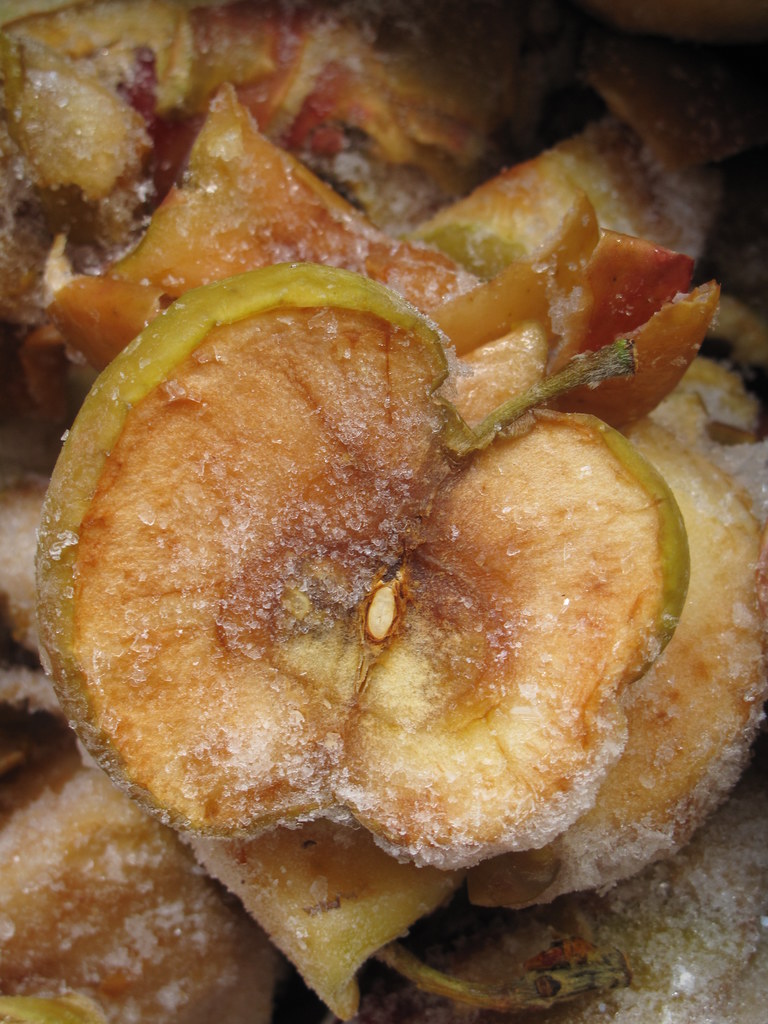 The primary purpose of apple pectin is 1) to replace the powdery store-bought stuff and 2) to act as a ‘setting’ agent for jams and jellies.
The primary purpose of apple pectin is 1) to replace the powdery store-bought stuff and 2) to act as a ‘setting’ agent for jams and jellies.
Why make your own apple pectin?
1) It is a great way to use up fall’s bounty of apples and its leavings – the part of the apple which you or fussy family members are loathe to consume. Like the skin, which some kids in this home abhor. Like the pips and cores which are not needed in any manner of apple cake. And the beauty? You can collect the bits, one set at a time and stash them away in the deep freezer till D-day, or till you have to preserve something for a Daring Cooks challenge.
2) It gives you greater control and flexibility when making jams because unlike powdered pectin, it can be cooked for much longer without affecting the taste or texture of the jam. With this pectin, you can control the amount of sugar your use and the ‘set’- soft or firm or somewhere in between.
3) You can preserve it by canning or freezing. Perfect for a challenge.
4) It is a great foodie card to have in your arsenal. Just for the fun of it.
5) It is easy, requires no special knowledge with just a little care at the end to ensure the finished product can be stored safely.
Must you use specific apples?
According to The Forager, it is best to use under-ripe apples that are still a bit green, hard, and sour. Ripe apples contain less pectin, but the level varies greatly from one tree to the next; some varieties are suitable when ripe, while some have virtually no pectin by that time. Over-ripe apples are the worst. You can use your damaged or misshapen apples for making pectin’.
I personally used hard apples, which were just ripe but were all shades of green and red, not the pure granny smith green.
How to make pectin
Ingredients:
Whole apples or apple leavings
Enough water to cause the apples to float
Method
Celia suggests peeling and coring the apples, if using whole fruit and saving the pulp for apple sauce, butter or pies. Whatever you’re using – whole apples or leavings, place all the peel and cores into a large pot and add enough water till they float, only just. You want to cut out needless cooking time by not over-watering so as to ensure you get pectin rich liquid sooner rather than later.
You could also use the apples, pulp included. According to Celia, it produces a slightly nicer tasting pectin, and you can pass the leftover pulp through a food mill to make apple sauce or apple butter.
Next step – cover and bring the pot to a rolling boil, reduce the heat and allow to boil gently, ensuring the pan is covered for a couple of hours or until the solids turn soft and the apples become a rosy mushy brown.
Once boiled, line a colander with a clean piece of cheesecloth and pour boiling water through it to sterilise the fabric – superb tip, again from Celia. Thank you.
Place the colander over a large stock pot and carefully tip the apple mass and liquid through it. Do not press the pulp, or you’ll get cloudy pectin. Leave to drip for several hours or overnight, folding the ends of the cloth over the top of the apples, then cover gently with the stockpot lid to keep bugs and insects out.
Once the liquid has completely drained, remove the colander and re-heat the pectin until boiling. You will need to reduce the pectin until it reaches the required strength. I boiled mine for about an hour. Just because.
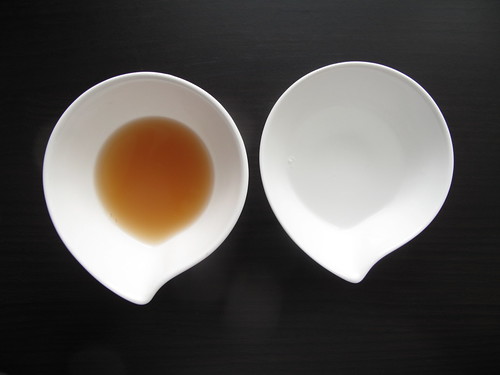
And then I tested it. Caveat emptor: The test yields a poisonous mixture which should NOT be consumed. Be careful. To test, cool a couple of tablespoons of pectin in the fridge (Celia says the test won’t work if the pectin is hot). Then pour some methylated spirit/rubbing alcohol into another bowl. Tip the cold pectin into it.

If you’ve made decent pectin, it will coagulate in the spirit, and you should be able to lift it out as a jellied blob with a fork. This pectin-spirit combo is lethal. Please make sure no-one accidentally eats or drinks it. Discard.

I was glad to see my thin jellied blob too.
How to preserve apple pectin
In order to store the pectin, you can
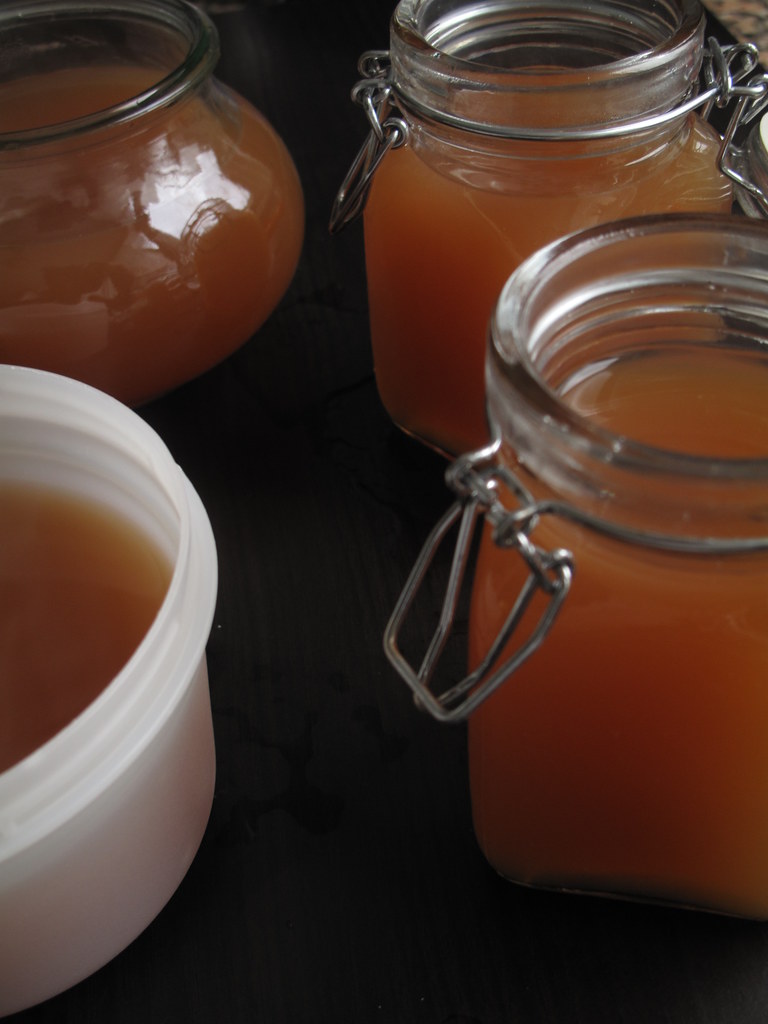
1) Freeze it – I froze a couple of cups.
2) Can it – I canned 3 jars. One didn’t seal properly and I discovered it overnight so I binned it. One went into my delicious strawberry cardamom smoothie jam and the other made some mint jelly which is seriously waiting on lamb shanks. I first sterilised the jars in by putting them in a pan with cold water and bringing them to the boil. After boiling for about 10 minutes, I removed them and set them on a clean wooden board. While the naturally dried out, I let my pectin cook a bit and then poured it into the jars, leaving about a centimetre or two of head space. Then I sealed them and processed the jars in a hot water bath for 10 minutes. After which I made labels for the fun of it, took photos and then went to bed. Or had dinner. Not exactly the order of occurrence but never mind.

And that’s it, all you need to know about apple pectin. Thanks to Celia, who also gives a great tip on checking the pectin before use
Tip : When you go to use your homemade pectin, do what Pete (her husband) does, and taste a tiny bit of each jar as you open it. The pectin should taste like mild, unsweetened apple juice. It may have darkened slightly with storage, but if it tastes good, then it should be fine.
If you want to read more or know more on the subject, please check out the following links :
The Forager on making pectin Celia of Fig Jam and Lime Cordial with her apple pectin primer Tigress in a jam and green apple pectin Toast and making apple pectin jelly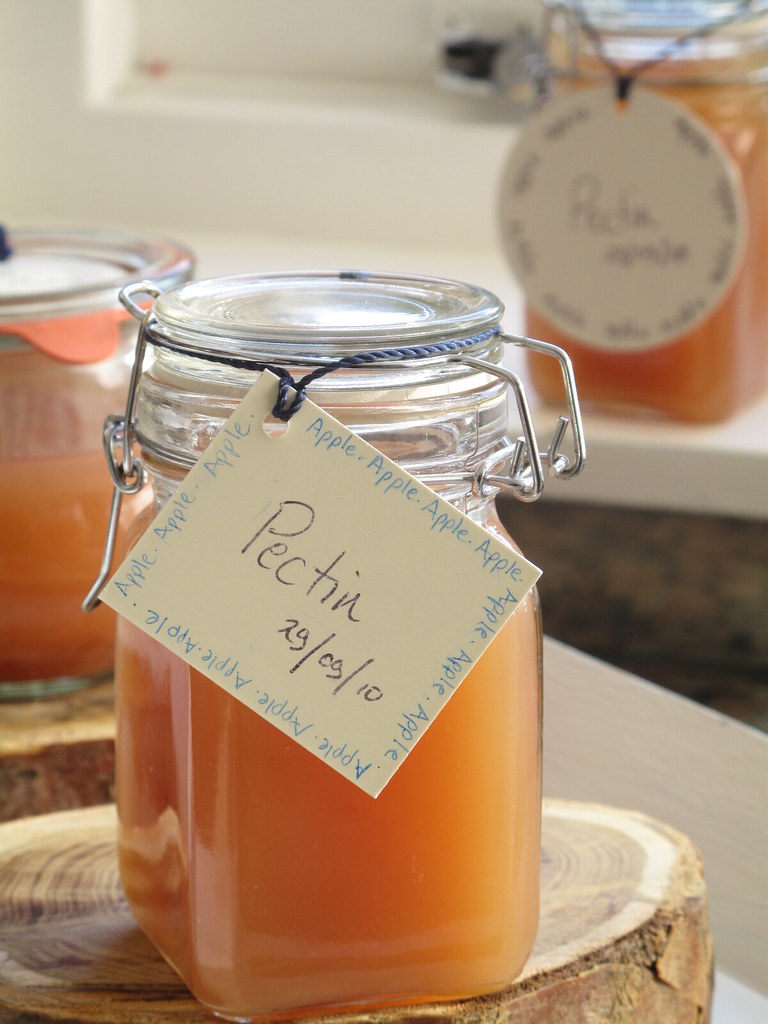
Thanks again to John of Eat4Fun for hosting this month’s challenge. I enjoyed it!
Have you made pectin before? Any tips to share? Enjoy your weekend. Stay blessed X X X

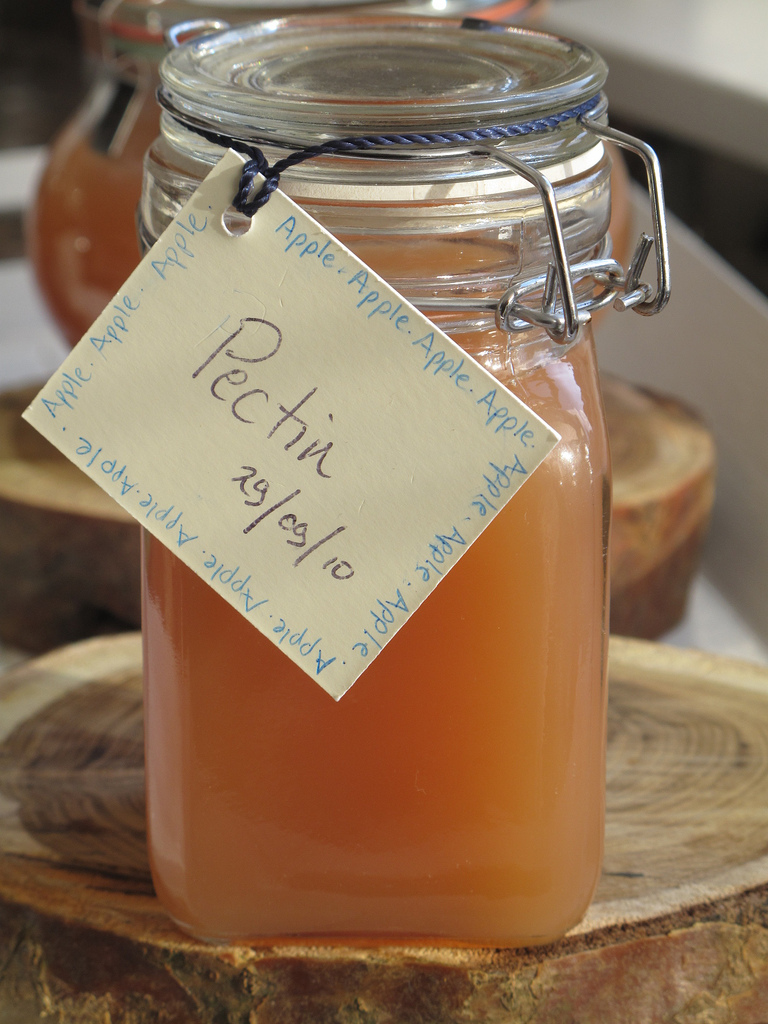


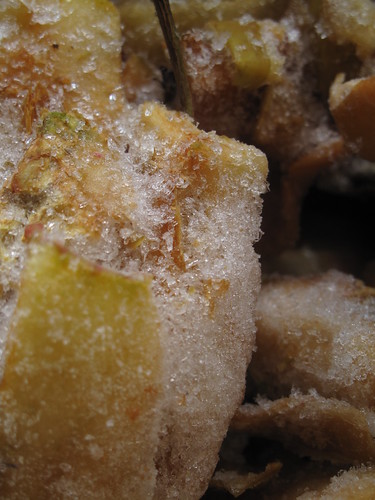
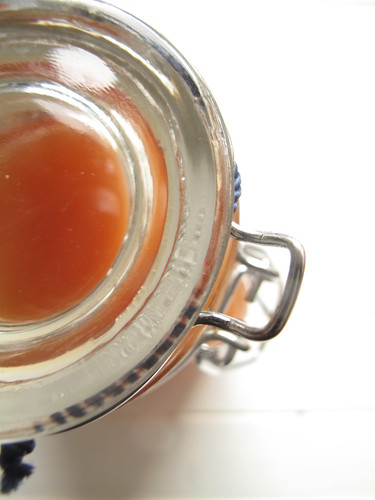

Leave a Reply